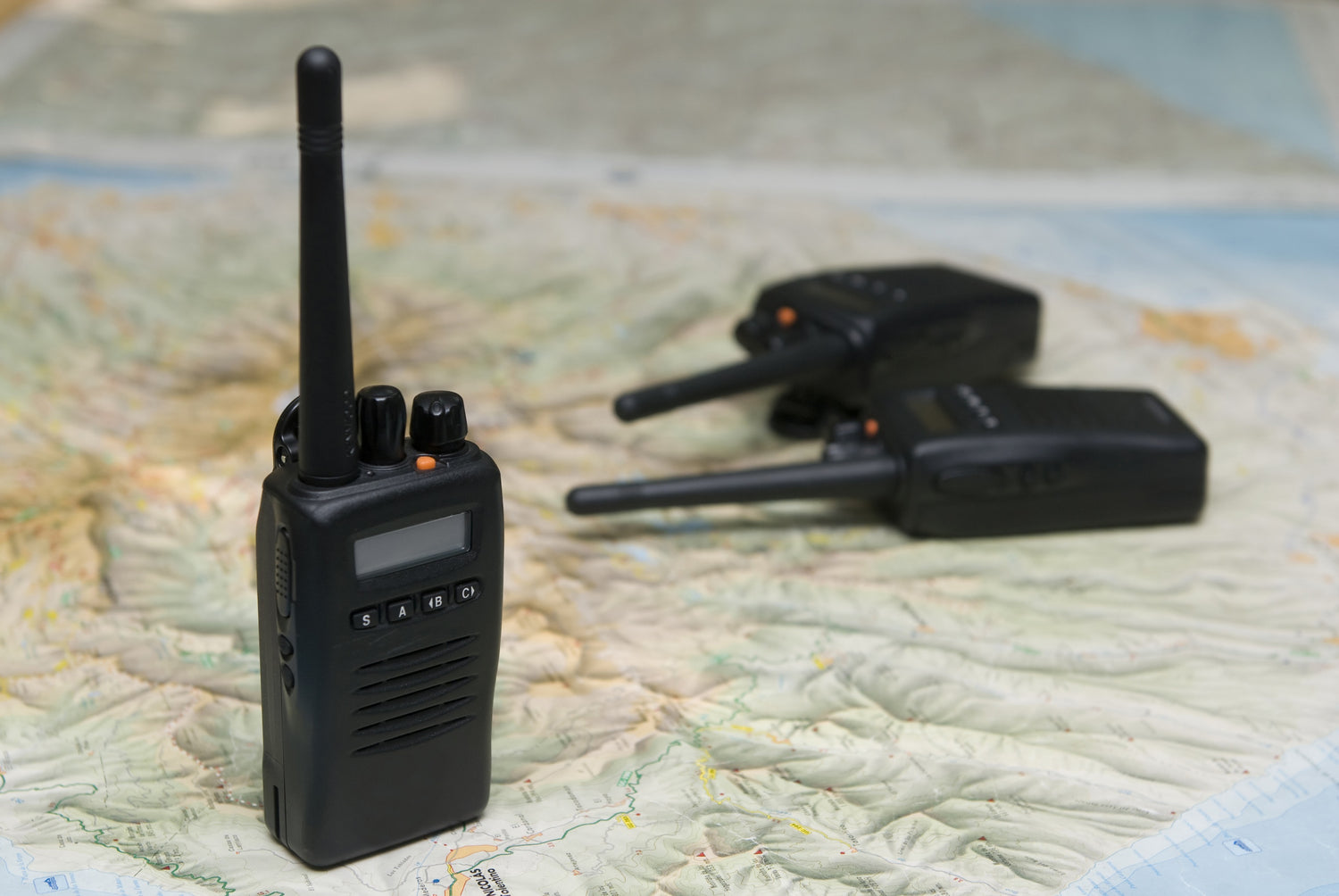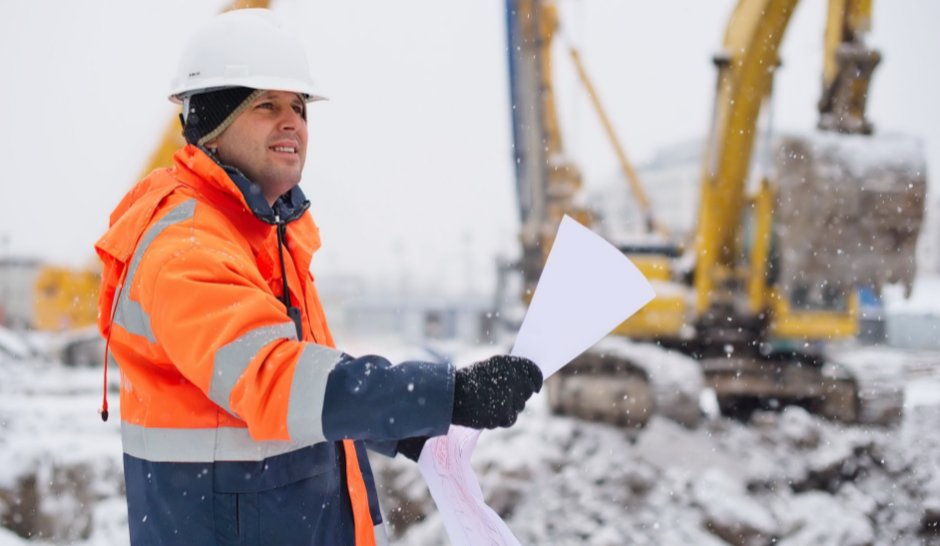
When it comes to fast, efficient snow and ice removal on facility grounds, effective communication is critical to achieving success. Even with all the necessary equipment and a fully trained staff, snow removal efforts will hit snags and miss deadlines when the communication structure is slow, confusing, or completely absent.
A General Call-In Plan
Leadership, specifically the chain of command, is inseparable from good communication since nothing moves without word from a decision-maker. Managers must be assigned to call in specific employees as needed. Someone must also be designated as the one to make the call on specific situations, such as when and where to begin snow removal, what type of equipment and chemicals to use, and when to close down the facility for safety's sake during a storm.
Both workers and managers alike need to be constantly "contactable," preferably by multiple means, since snowy weather can hit unexpectedly at any time. The plan of action for specific types of call-ins, however, should be laid out ahead of time and be "shared knowledge" among all staff. That is, the default action in a certain kind of scenario should be memorized so that short, simple communications can activate the snow removal team without a glitch or delay.
Specific Scenario Plans
While each winter event differs at least slightly from all others, and specific decisions may need to be made and communicated during the snow removal process, there are also basic classes of storms that can each have their own "default plan." Possible plans for four typical scenarios are:
- Light, short-lived snowfall: Crew arrives early, before normal working hours, and clears off all parking lots and walkways within an hour or two. It may be that nothing more need be done, and all will be clear by the time employees begin arriving.
- Light, but continuous snowfall: Snow falls all day at a rate of half an inch per hour or less. Snow removal is done in rounds, during each of which snow blowers and rotary brooms first move the snow before a small amount of de-icer is applied. The de-icer will be pushed aside in the following round, so it is used sparingly, but a little bit is needed to keep up good traction.
- Heavy snowfall: Everyone arrives extra early, say at 3 am, and begins immediately clearing off the main walkways and parking areas. Lower priority areas are only addressed after the higher priority areas are completed. Salting and snow removal is continued all day (or as needed) to maintain accessibility, and an additional snow removal effort the following morning is also likely to be needed.
- Ice storms: If a few inches of snow has already come down and an ice storm is forecast to hit soon, it is best to leave the snow until the ice arrives. The snow barrier between the ice and the cold pavement will make removal much easier. Salt will be spread during the ice storm if the temperature is 20 ºF (-6.67 °C) or higher, but below that temperature it is ineffective and a different de-icer will be used. A sand-salt mix will be deposited on steps and wheelchair ramps to give added traction. Alternatively, snow-melting mats can be placed on steps, ramps, and walkways to keep them clear and dry.
The ability to pre-plan, communicate the call to action that activates a specific plan, and communicate during snow removal to adjust the default plan as needed are all crucial elements of a winter routine. Effective organization and communication are as critical to successful snow and ice removal at your facility as are chemicals, equipment, and trained staff.

